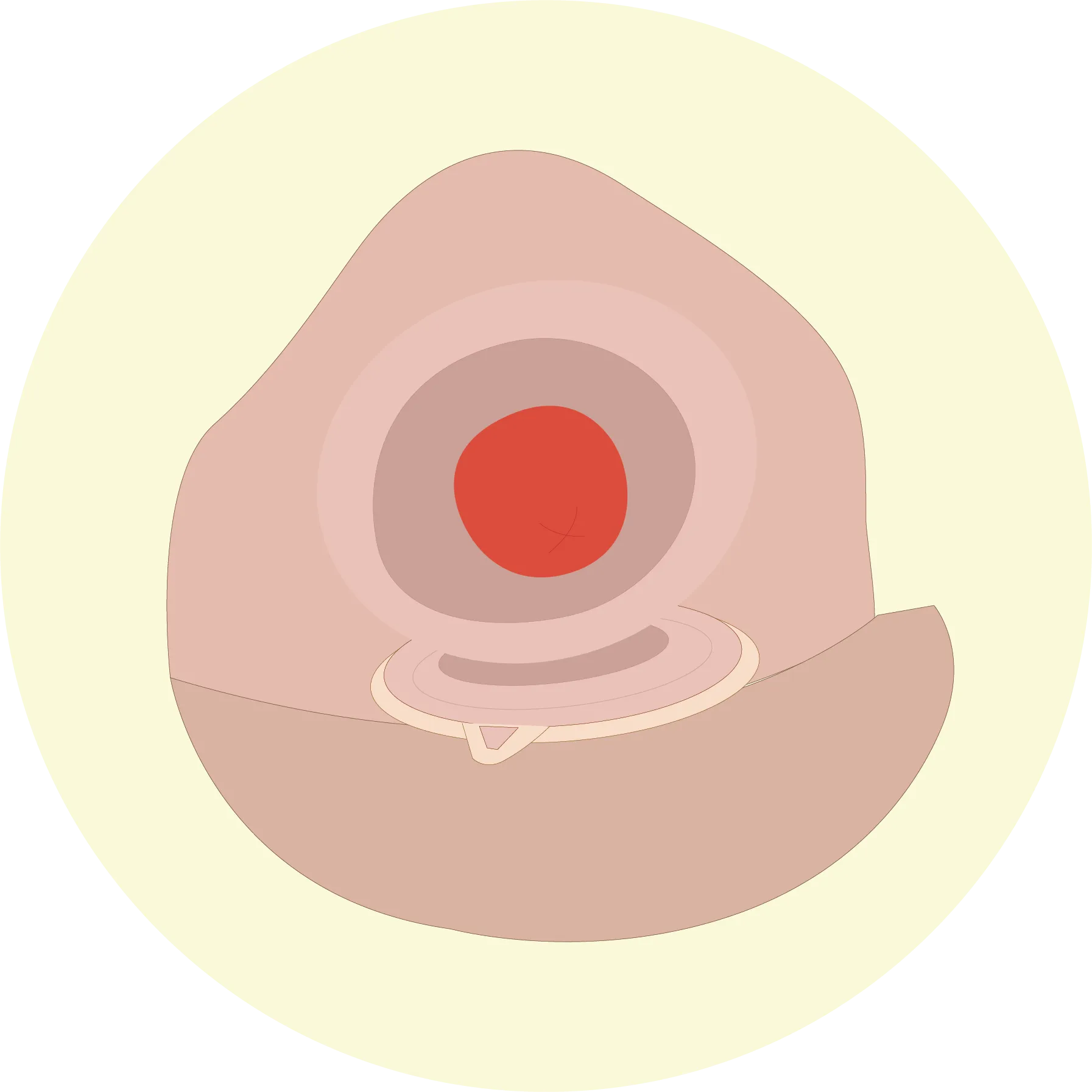Product Description
Stoma Care
There are different types of ostomies. The three most common ones are colostomy, ileostomy, and urostomy. Each ostomy procedure is done for different reasons.


Tips of Professional Knowledge
Colostomy
A colostomy is a surgically-created opening into the colon (large intestine) through the abdomen. Its purpose is to allow the stool to bypass a diseased or damaged part of the colon. The output from a colostomy includes liquid or formed stool (or somewhere in between), gas, and odor.
◎ A colostomy can be made at almost any point along the colon.
◎ Where the colostomy is created will be dependent on the medical reason and is often defined by the portion of the colon involved.
◎ There are four different kinds of colostomies, and a colostomy may be temporary or permanent.
Ileostomy
An ileostomy is a surgically created opening into the small intestine through the abdomen. The output from an ileostomy after surgery is generally a steady liquid type of drainage.
◎ An ileostomy is usually located on the lower right-hand side of the abdomen.
◎ The digestive enzymes make the output from your stoma very corrosive, so protecting the skin around your stoma, or peristomal skin, is extremely important.
◎ An ileostomy may be temporary or permanent.
Urostomy
A urostomy is a surgically-created opening to drain urine. The output from a urostomy is urine and possibly some mucus.
◎ An ileal conduit is the most common type of urostomy. It is created by removing a short segment of the small intestine (ileum) and using it as a pipeline for urine to flow out of the body.
◎ A urostomy is generally a permanent ostomy.
Reference: Hollister Incorporated
